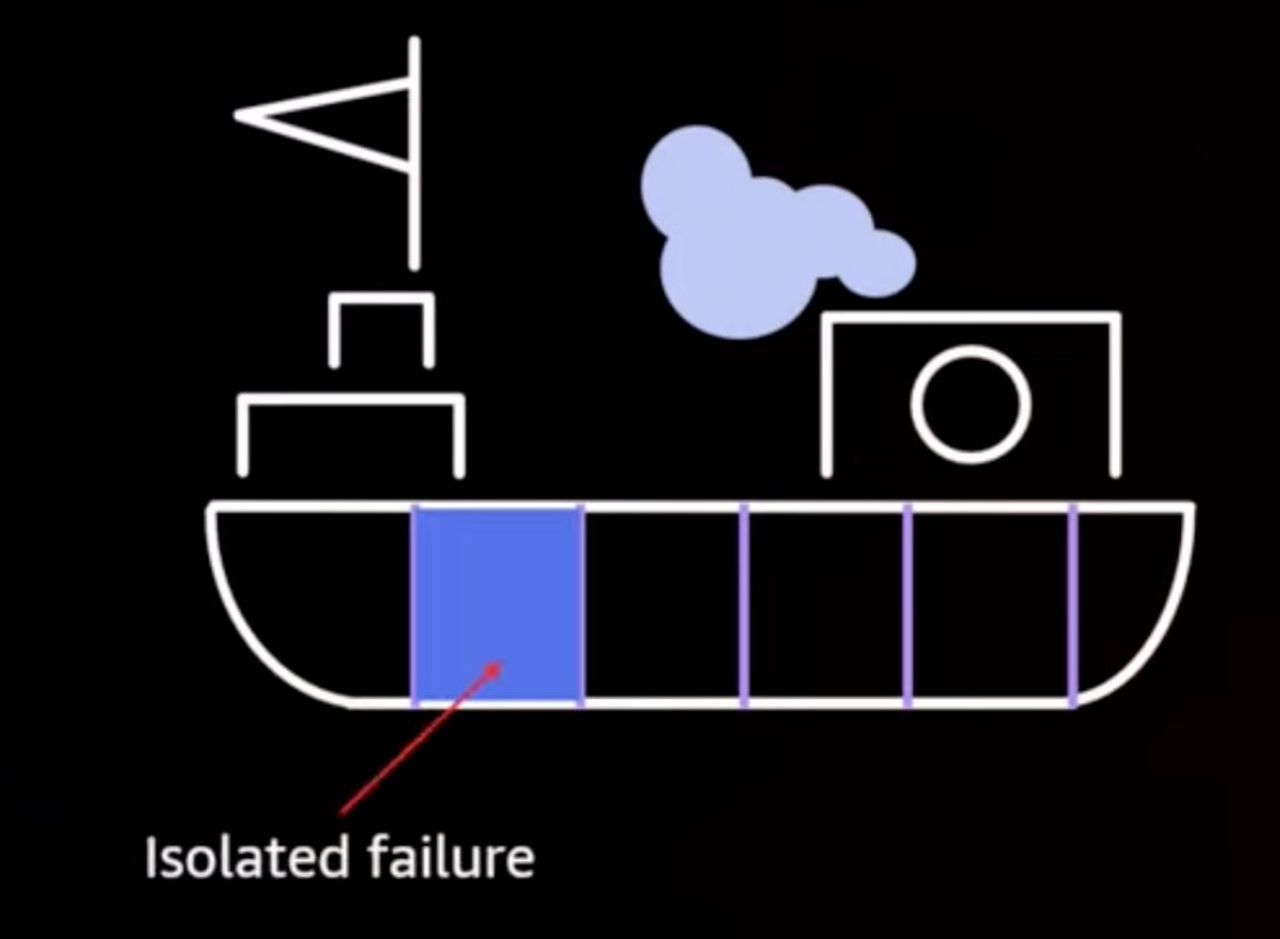Last month I wrote a series of articles in which I looked at the use of Spark for performing data transformation and manipulation. This was in the context of replatforming an existing Oracle-based ETL and datawarehouse solution onto cheaper and more elastic alternatives. The processing that I wrote was very much batch-focussed; read a set of files from block storage ('disk'), process and enrich the data, and write it back to block storage.
[…]
I used the docker image all-spark-notebook to provide both Jupyter and the Spark runtime environment. By using Docker I don't have to really worry about provisioning the platform on which I want to develop the code - I can just dive straight in and start coding. As and when I'm ready to deploy the code to a 'real' execution environment (for example EMR), then I can start to worry about that. The only external aspect was an Apache Kafka cluster that I had already, with tweets from the live Twitter feed on an Apache Kafka topic imaginatively called twitter.
[…]
We need to import the necessary pySpark modules for Spark, Spark Streaming, and Spark Streaming with Kafka. We also need the python json module for parsing the inbound twitter data
[…]
What I've put together is a very rudimentary example, simply to get started with the concepts. In the examples in this article I used Spark Streaming because of its native support for Python, and the previous work I'd done with Spark. Jupyter Notebooks are a fantastic environment in which to prototype code, and for a local environment providing both Jupyter and Spark it all you can't beat the Docker image all-spark-notebook.
[…]






